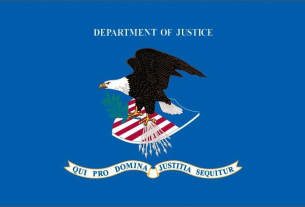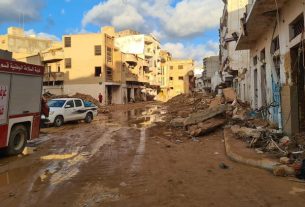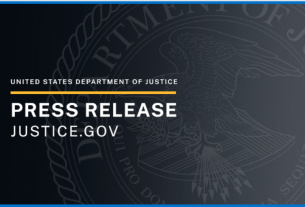In a development that could signal a significant shift in the ongoing tensions between Lebanon and Israel, Lebanese Prime Minister Najib Mikati has expressed optimism that a ceasefire agreement with Israel may be reached within days. This announcement comes as Israel’s public broadcaster reported the existence of a draft agreement that outlines terms for an initial 60-day truce, raising hopes for a reduction in hostilities in a region long plagued by conflict.
Background of the Conflict
The relationship between Lebanon and Israel has been fraught with tension for decades, largely rooted in the Israeli-Lebanese conflict and the broader Arab-Israeli conflict. Key historical events, such as the 2006 Lebanon War and ongoing skirmishes along the border, have left deep scars and heightened animosities. Additionally, the presence of Hezbollah, a militant group based in Lebanon that opposes Israel, complicates the situation further.
Over the past few months, clashes along the Israel-Lebanon border have escalated, leading to increased military responses from both sides. The situation has been exacerbated by regional dynamics, including the ongoing civil war in Syria and Iran’s support for Hezbollah, contributing to a volatile security environment.
The Prospects of a Ceasefire
The recent statements from Prime Minister Mikati reflect a cautious optimism regarding the potential for a ceasefire. A 60-day truce could provide a much-needed respite from violence and open channels for dialogue between the two nations. Such an agreement would not only benefit the immediate security situation but could also pave the way for further negotiations on more complex issues, including border disputes and refugee crises.
Mikati’s administration faces considerable pressure to stabilize the country amid an ongoing economic crisis and widespread public discontent. A ceasefire could help alleviate some of the tensions within Lebanon and provide a platform for the government to regain public trust.
Key Considerations
- Regional Dynamics: Any ceasefire agreement would need to consider the roles of external actors, particularly Iran, which supports Hezbollah. Tehran’s influence in the region could impact the durability of a ceasefire and the willingness of Lebanese factions to comply.
- Hezbollah’s Position: Hezbollah’s response to a potential ceasefire will be crucial. As a major political and military force in Lebanon, the group’s acceptance of a truce could facilitate or hinder the agreement’s implementation.
- International Involvement: The role of international mediators, including the United States and the United Nations, may be critical in brokering and ensuring adherence to a ceasefire agreement. Their involvement could lend legitimacy to the process and help monitor compliance.
- Public Sentiment: The public’s reaction in both Lebanon and Israel will also play a vital role. A significant portion of the populations may be skeptical about the viability of a ceasefire, given the history of conflict. Engaging civil society in peace initiatives could enhance public support for a truce.
Conclusion
While the prospect of a ceasefire between Lebanon and Israel remains tentative, the recent statements from Lebanese officials indicate a willingness to explore diplomatic solutions. A 60-day truce could serve as a crucial first step towards de-escalation and the reestablishment of dialogue between the two nations. As the situation unfolds, it will be essential to monitor the reactions of key stakeholders and the broader implications for regional stability.
References
- Mikati, N. (2024). Statement on ceasefire negotiations. Lebanon Daily News.
- Israeli Public Broadcasting Corporation. (2024). Draft ceasefire agreement details.
- United Nations Security Council. (2024). Report on the Israel-Lebanon situation.
- Al Jazeera. (2024). Analysis of the Israel-Lebanon conflict.
- The Washington Post. (2024). “Lebanon’s economic crisis and its implications for regional stability.”



